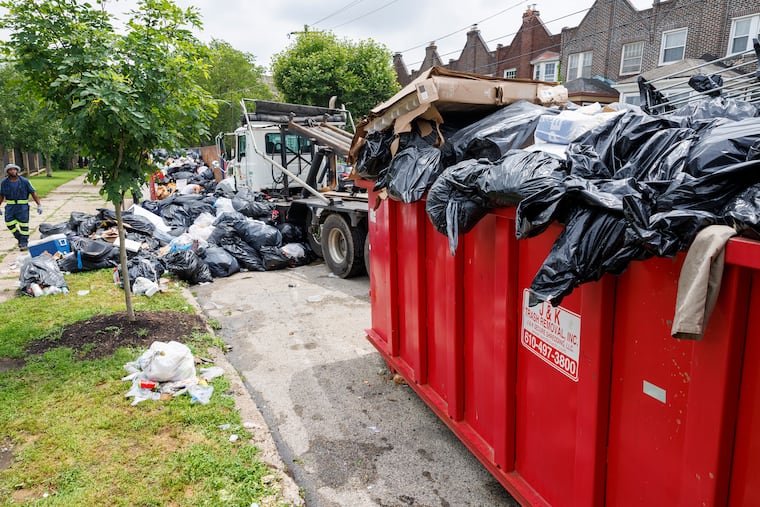Fire at SPS Technologies did not affect drinking water or air quality, according to the Department of Environmental Protection.
In February 2025, a four-alarm fire at the SPS Technologies factory in Abington, Pennsylvania, raised concerns regarding its impact on local environmental safety. However, officials from the Pennsylvania Department of Environmental Protection (DEP) have confirmed that there was no detrimental effect on drinking water or air quality following the incident. This reassurance was shared during a virtual community meeting, conducted three months after the fire engulfed the factory, which had been a fixture on Highland Avenue for over a century.
The fire, which lasted five days, resulted in temporary evacuation and shelter-in-place orders due to fears about hazardous chemicals associated with the factory’s operations. Residents expressed anxiety as tar and charred debris fell onto surrounding properties. Reports indicated that fortunately, crucial chemical storage tanks remained intact during the blaze, averting a potential escalation into a severe chemical fire. Patrick Patterson, the DEP’s southeastern regional director, highlighted this fortunate circumstance as a pivotal factor in preventing greater danger.
As demolition of the facility commenced, the DEP announced that ongoing monitoring efforts would assess air quality, soil, and drinking water at the site. This systematic oversight is critical, given that the factory utilized significant quantities of hazardous materials, including sulfuric and hydrochloric acids. At the time of the fire, the factory housed multiple industrial-sized tanks—some up to 10,000 gallons—that were spared from damage. This precautionary outcome meant that there were no releases of hazardous chemicals into the neighboring environment.
Throughout the recovery phase, the DEP conducted testing on both air and surface waters. Initially, trace levels of cyanide were detected in samples taken from the nearby Tookany Creek, a vital drinking water source for Philadelphia. However, subsequent tests showed that cyanide levels returned to normal ranges, reaffirming the safety of the local water supply. Additionally, a thorough air quality assessment revealed no alarming chemical compounds, and monitoring will persist during ongoing demolition activities.
Despite these assurances, the company faces scrutiny, including a class-action lawsuit alleging negligence in facility maintenance. The DEP maintained that SPS Technologies had a satisfactory compliance record before the incident, though contrasting findings from the Environmental Protection Agency (EPA) detailed breaches in chemical storage regulations prior to the fire.
In the aftermath, further environmental evaluations revealed elevated levels of arsenic and lead in surrounding soil areas, although officials clarified that these findings are not connected to the fire event. Ongoing investigations are essential to confirm the safety of the environment as the community recovers from this significant industrial incident.
In conclusion, while the immediate threats posed by the SPS Technologies fire were effectively contained, continued vigilance and thorough environmental assessments will play a fundamental role in ensuring community safety moving forward. The situation underscores the importance of regulatory measures and community engagement in addressing industrial incidents.
This report is based on information compiled by Media News Source.







